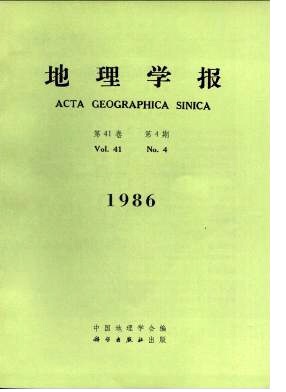Hu Zhaoliang
According to the information from 1952 to 1984 there are five characteristics of the industrial distributions in China.1. The distribution tends toward balance. Obviously from 1952 to 1984 its coefficient of geographic association ascended and the index of concentration decended.2. The industries in each region had obtained a general development. The average annual growth rate of total industrial output in Shanghai and Liaoning was only over 9%. which is the lowest rate.3. Apparently the change of the industrial distribution may be divided into different stages. From 1957 to 1965 due to the errors in work, the changing was negligible.4. According to the various proportions of the industries in national economy five types can be grouped in general. (1) The type of steadly rising, including Hubei, Hunan. Anhui and Guizhou; (2) The type of increasing recently: Fluctuations appeared before 1975 since then it has a steep increase, this including Shanxi, Henan, Nei Monggol, Xinjiang, Sichuan, Yunnan, Jiangsu, Zhejiang, Shandong, Guangdong and Fujian; (3) The type of increasing before 1975, then it appeared a tendency of decline, this including Shaanxi, Gansu, Qinghai, Ningxia, Guangxi, Hebei and Beijing; (4) The stable type, including Jiangxi; (5) The declining type, including Shanghai, Tianjin, Liaoning, Jilin and Heilongjiang.Compared with that of the coastal areas the industries of the interior areas developed more rapidly. The proportion of the interior industries in the whole country raised from 20.3% in 1952 to 30.7% in 1984. The situations in coastal regions are complicated. The industries of Guangxi and Fujian are rather backward and the industry level of Guangdong, Shandong and Hebei is lower than the average of the country. The development at a high speed in these regions will be conducive to the balance in distribution. Jiangsu and Zhejiang have advantages in culture, technology, management and administration. They have developed very fast in the resent years, potential power being turned into real superiority.From now on the basic trend will be continued toward the balance in indtistrial distribution but the developing velocity will be slowed down. Owing to the great difference in natural and social conditions between the regions, the bull balanced distribution is unlikely to be realized in China. When programmes and planning are made, different regions have to develop at their own speeds according to the specific conditions.
